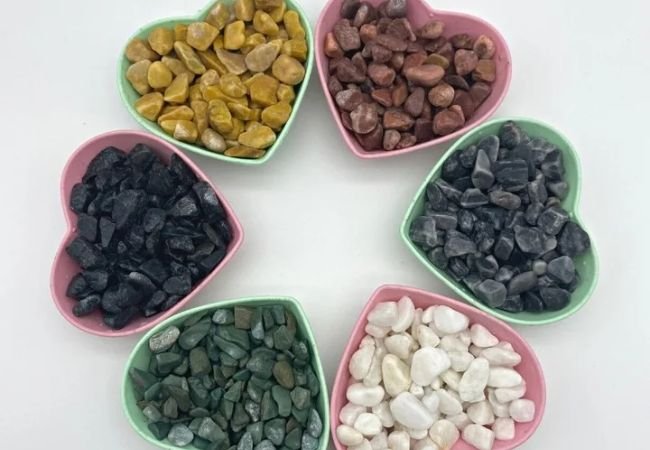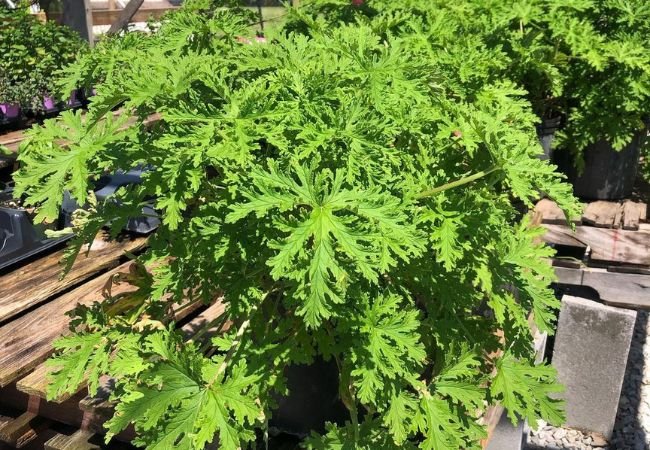Explore the uses, benefits, and types of washed stone. Learn how this clean, durable material can enhance your landscaping projects and construction work.
Washed stone is a popular material used in various landscaping and construction projects. Known for its cleanliness and versatility, washed stone can add both functionality and aesthetic appeal to your outdoor spaces. In this guide, we’ll explore everything you need to know about washed stone, from its uses to its benefits.
What is Washed Stone?

Washed stone, also known as washed gravel, is aggregate that has been cleaned to remove dirt, dust, and other impurities.
The washing process involves:
- Excavating raw stone from quarries
- Crushing the stone to desired sizes
- Washing the crushed stone with water to remove debris
- Sorting the clean stone by size
This process results in a clean, uniform product that’s ideal for many applications.
Types of Washed Stone
Washed stone comes in various sizes and types:
- Pea Gravel: Small, rounded stones about 1/4 inch in diameter
- River Rock: Smooth, rounded stones ranging from 1-5 inches
- Crushed Stone: Angular stones available in sizes from 3/8 inch to 4 inches
- Marble Chips: Decorative, white stones often used in landscaping
Uses for Washed Stone
Washed stone has numerous applications in both landscaping and construction:
Landscaping Uses
- Pathways and walkways
- Driveways
- Garden beds and borders
- Water features and pond surrounds
- Mulch alternative
- Rock gardens
Construction Uses
- Drainage systems
- French drains
- Septic systems
- Foundation work
- Concrete mix aggregate
- Road base material
Benefits of Using Washed Stone
There are several advantages to using washed stone:
- Cleanliness: Free from dirt and debris, reducing mess and dust
- Drainage: Excellent water drainage properties
- Durability: Resistant to weathering and erosion
- Low maintenance: Requires little upkeep once installed
- Versatility: Suitable for various applications
- Aesthetically pleasing: Adds natural beauty to landscapes
How to Choose the Right Washed Stone
Selecting the appropriate washed stone depends on your project:
- Consider the size: Smaller stones for pathways, larger for drainage
- Think about color: Choose stones that complement your landscape
- Evaluate the shape: Round stones for decorative use, angular for stability
- Check local availability: Some types may be more common in certain regions
Installing Washed Stone
Proper installation ensures the best results:
- Prepare the area: Remove existing vegetation and level the ground
- Install landscape fabric to prevent weed growth (if desired)
- Add a border to contain the stones (if necessary)
- Spread the washed stone evenly
- Rake to achieve the desired look and level
Maintaining Washed Stone
Washed stone is low-maintenance, but some care will keep it looking its best:
- Rinse occasionally to remove dust and debris
- Rake periodically to maintain an even surface
- Add new stone as needed to replace any that may have shifted or been lost
- Remove any weeds that may grow between stones
Environmental Considerations
Washed stone can have both positive and negative environmental impacts:
Pros:
- Permeable surface allows water to return to the ground
- Can reduce erosion in certain applications
- Durable and long-lasting, reducing the need for replacement
Cons:
- Mining and processing can have environmental impacts
- Transportation of heavy materials contributes to carbon emissions
Consider using locally sourced stone to minimize transportation impacts.
Cost Considerations
The cost of washed stone varies depending on:
- Type and size of stone
- Quantity needed
- Local availability
- Delivery fees
Generally, washed stone is an affordable landscaping material, especially when compared to pavers or poured concrete.
DIY vs. Professional Installation
While many washed stone projects can be DIY, consider professional help for:
- Large-scale projects
- Complex drainage systems
- Projects requiring heavy machinery
- Intricate designs or patterns
Combining Washed Stone with Other Materials
Enhance your landscape by pairing washed stone with:
- Pavers for defined pathways or patios
- Wood for natural-looking borders
- Plants and shrubs for contrast and texture
- Boulders for dramatic focal points
Washed stone is a versatile, attractive, and practical material for both landscaping and construction projects. Its cleanliness, durability, and low maintenance requirements make it an excellent choice for various applications.
Whether you’re creating a serene garden path, improving your property’s drainage, or adding a decorative touch to your outdoor space, washed stone can help you achieve your goals. By understanding the different types available and how to use them effectively, you can make the most of this versatile material in your next project.
Remember to consider factors like stone size, color, and local availability when choosing washed stone for your needs. With proper installation and minimal maintenance, your washed stone features can provide beauty and functionality for years to come.
For more gardening tips and plant care guides, visit usagardenhub.com.






